-
IDEX Health & Science Guard Columns Instruction Guide
by IDEX Health & ScienceFind best practices to use IDEX Health & Science Guard Columns in your fluidic system.
Full story
-
Micro Valve Injection Port Adapter Instruction Guide
by IDEX Health & ScienceLearn how to use the injection port adapter and how to install the adapter onto a mounting bracket.
Full story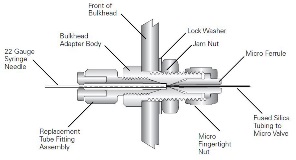
-
One-Piece Super Flangeless Instruction Guide
by IDEX Health & ScienceLearn how to install the super flangeless fitting system into a fluidic instrument.
Full story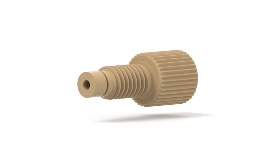
-
VHP-3200 Series Fittings Instruction Guide
by IDEX Health & ScienceLearn how to install VHP-3200 series fittings by IDEX Health & Science onto tubing in a fluidic instrument.
Full story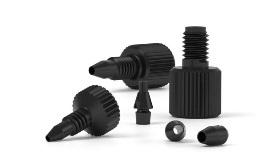
-
VHP Precolumn Filter
by IDEX Health & ScienceLearn how to install replacement VHP precolumn filters and proper use the assembly.
Full story
-
Adjustable Torque Driver Instruction Guide for 2 – 10 in-lbs
by IDEX Health & ScienceLearn how to use the adjustable torque driver for 2 - 10 in-lbs by IDEX Health & Science.
Full story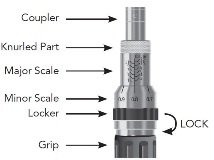
-
VHP Torque Tool Instruction Guide
by IDEX Health & ScienceLearn how to use the VHP Torque tool by IDEX Health & Science. This tool provides a signal to the user to stop tightening the fitting.
Full story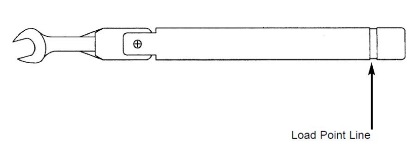
-
VHP-320 Series Fittings Instruction Guide
by IDEX Health & ScienceLearn how to install the VHP-320 series fittings onto tubing.
Full story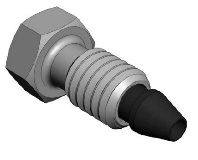
-
VHP-200 Series Fittings Instruction Guide
by IDEX Health & ScienceLearn how to install the VHP-200 series fittings into a fluidic instrument.
Full story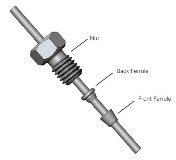
-
VHP Port Plug Instruction Guide
by IDEX Health & ScienceLearn how to properly install the VHP port plug with a 10-32 coned receiving port for 1/16" OD tubing.
Full story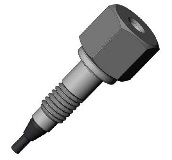
-
Ultra High Pressure MicroUnion Assembly
by IDEX Health & ScienceLearn how to properly assemble the Ultra High Pressure MicroUnion Assembly by IDEX Health & Science
Full story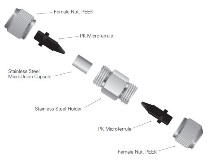
-
Install MicroTight Adapter onto Tubing
by IDEX Health & ScienceLearn how to install the MicroTight Adapter by IDEX Health & Science onto 1/16" OD Tubing to 1/32" or 360μm OD Tubing.
Full story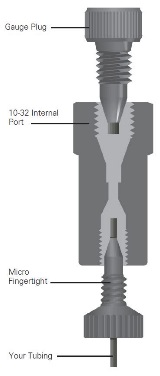
-
Flangeless Sealtight Fittings
by IDEX Health & ScienceLearn how to install flangeless sealtight fittings into your fluidic system.
Full story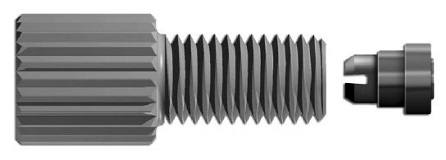
-
6-Port Medium Pressure Selection Valves Instruction Guide - Bulkhead Version
by IDEX Health & ScienceThe Medium Pressure Selection Valve is a 6-Way selection valve appropriate for applications up to 1,000 psi. Learn more about the specifications, plumbing, and how to mount on the bulkhead.
Full story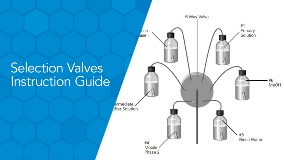
-
6-Port Medium Pressure Selection Valves Instruction Guide
by IDEX Health & ScienceThe Medium Pressure Selection Valve is a 6-Way selection valve appropriate for applications up to 1,000 psi. Learn more about the specifications, plumbing, chemical compatibility and more.
Full story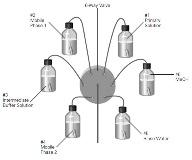
-
6-Port Medium Pressure Injection Valve Instruction Guide
by IDEX Health & ScienceThe Medium Pressure Injection Valve is an external sample loop style injector for applications up to 1,000 psi. Learn more about the specifications, plumbing, how to make injections and more.
Full story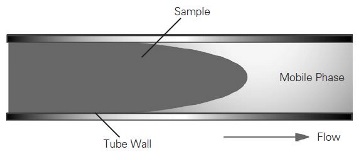
-
6-Port Medium Pressure Injection Valves Instruction Guide - Bulkhead Version
by IDEX Health & ScienceThe Medium Pressure Injection Valve is an external sample loop style injector for applications up to 1,000 psi. Learn more about the specifications, plumbing, how to make injections and how to mount on the bulkhead.
Full story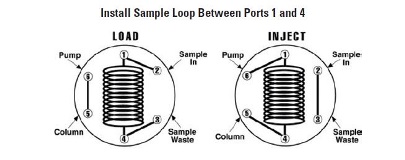
-
VHP Precolumn Filter Guide
by IDEX Health & ScienceLearn how to install replacement filters and how to properly use the assembly
Full story
-
Fluorescence Filter Information
by IDEX Health & ScienceFind a list of resources about fluorescence filters.
Full story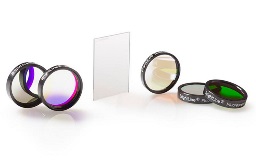
-
LED-based Light Engine Filter Sets for Fluorescence Imaging
by IDEX Health & ScienceBrightLine LED-based Light Engine Filter Sets are fully optimized for the brightest signal and highest signal-to-noise ratio. Learn more about these filter sets compatible with popular LED light engines for fluorescence imaging.
Full story
